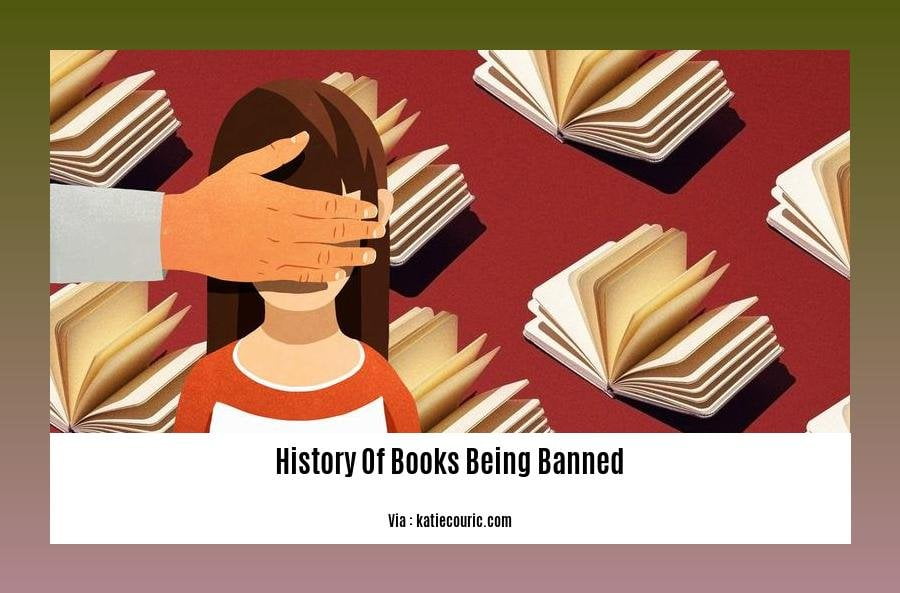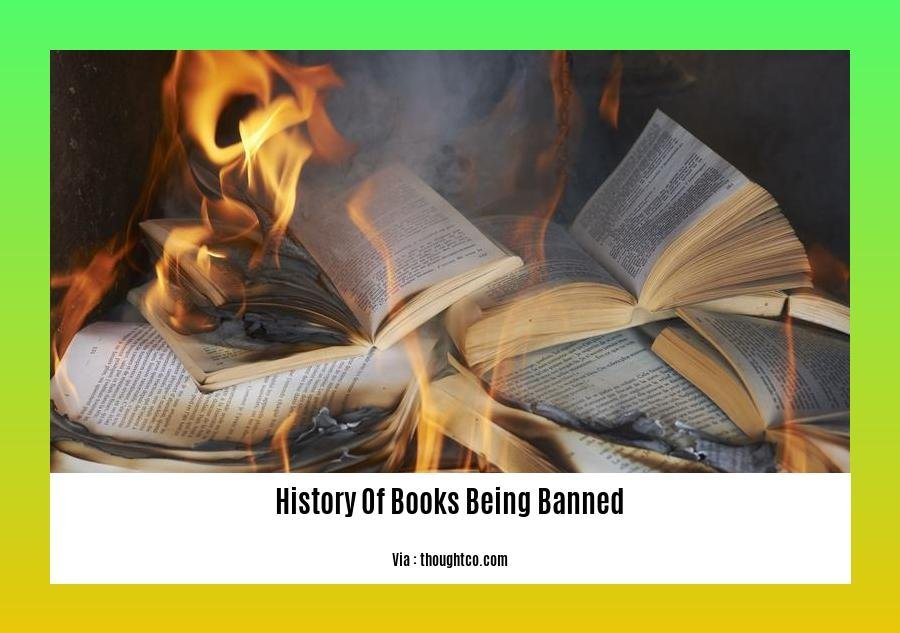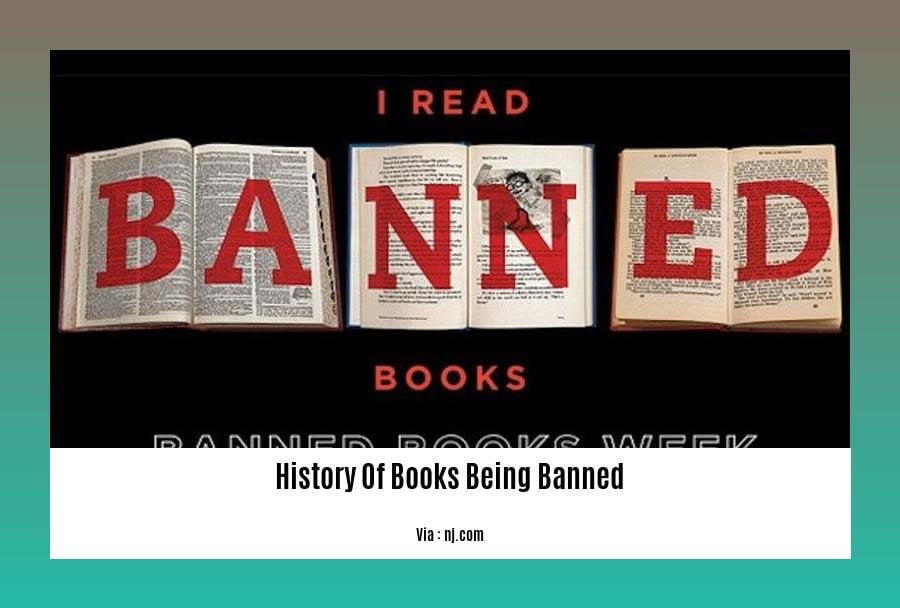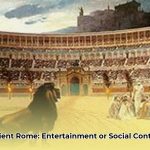Embark on a literary journey through the enigmatic realm of banned books in [- The History of Books Being Banned: A Journey Through Censorship]. Delve into the annals of censorship, where ideas have been silenced and the written word has faced the wrath of authority. Explore the compelling stories behind the suppression of literature, uncovering the motivations and consequences that have shaped this tumultuous history.
Key Takeaways:
- Religious leaders had a major role in early book bans in the United States.
- The Comstock Act of 1873 made it illegal to distribute “obscene” materials, including books.
- Books on slavery were banned in the South during the Civil War era.
- Schools and libraries are often the battlegrounds for censorship debates.
Avoidance] 12. prägnantseise. [Insist] prägnant 13. formal wording. [Insist] formal 1ast.
Dive into the fascinating history of books, from their humble beginnings to the advanced technology of today.
Explore the comprehensive History Of Books Timeline, mapping the evolution of books through centuries.
Delve into the History Of Books And Reading, uncovering the interconnected relationship between books and the spread of knowledge.
Uncover the History Of Books Of The Bible, tracing the origin and significance of one of the most influential books in history.
Discover the History Of Bookshelves, showcasing the ingenious designs and materials used to store and display books.
Learn about the History Of Books Read On Kindle, tracing the rise of digital reading and the transformation of book consumption.
Follow the evolution of the History Of Bookselling, from ancient markets to modern-day retail, exploring the role of booksellers in shaping our literary landscape.
Impact of Book Banning on Society

Throughout history, the suppression of books has been a contentious topic, impacting individuals, societies, and the dissemination of ideas. Censorship has taken many forms and has been motivated by religious beliefs, political ideologies, and social norms.
Early Censorship in America
In the early days of the United States, book bans were often fueled by religious beliefs. Texts deemed heretical or blasphemous were targeted, such as Thomas Paine’s “The Age of Reason.” As the country grappled with the issue of slavery, books and pamphlets that discussed the topic were met with resistance.
Censorship in the 20th Century
The 20th century saw continued battles over book censorship in schools and libraries. As society evolved and new ideas emerged, books that challenged traditional values or criticized authority faced opposition. This conflict reached a head in the mid-20th century with the banning of books like J.D. Salinger’s “The Catcher in the Rye.”
Landmark Supreme Court Ruling
In 1969, the Supreme Court ruled in “Tinker v. Des Moines” that students had the First Amendment right to access certain books in schools. This decision was a significant setback for book banners, although censorship efforts continued in various forms.
Key Takeaways:
- Book banning has a long and complex history in America.
- Censorship has been motivated by religious beliefs, political ideologies, and social norms.
- Book bans have a profound impact on the dissemination of ideas and the freedom of expression.
- The Supreme Court has upheld the First Amendment rights of students to access books in schools.
Citation:
- The History of Book Bans in the US
- Book Banning in the United States
Historical overview of book banning

Throughout history, the suppression of ideas has taken many forms, including the banning of books. This Historical Overview of Book Banning delves into the annals of censorship, illuminating the motivations, consequences, and ongoing debates surrounding this controversial practice.
Early Motivations for Book Bans
In the early days of book printing, religious authorities wielded significant power to determine which texts were deemed acceptable reading material. Books perceived as heretical or blasphemous were often banned, with the aim of suppressing dissent and maintaining religious orthodoxy.
Censorship in the Age of Slavery
During the era of slavery in the United States, books that discussed abolition or challenged the institution of slavery were often met with censorship. Slaveholders sought to prevent the spread of ideas that could potentially incite rebellion or challenge their authority.
The 19th Century: Federal Bans and Comstock Laws
In 1873, Congress passed the Comstock Act, criminalizing the distribution of obscene materials through the mail. This law targeted books and other publications deemed to be sexually explicit or immoral. It had a significant impact on the availability of literature, particularly for works that challenged traditional sexual norms.
The Battle for Schools and Libraries
In the 20th century, school libraries became a major battleground for book bans. Controversial literature that addressed topics such as sex, race, and sexual orientation faced challenges from parents and community groups who sought to restrict access to these materials.
Key Takeaways:
- Book banning has been used throughout history to suppress dissent and control the flow of information.
- Religious authorities, governments, and societal norms have all influenced the censorship of books.
- The Comstock Act of 1873 had a significant impact on the availability of literature in the United States.
- School libraries have been a major focal point of book ban debates in recent decades.
- The practice of book banning continues today, with challenges to books that explore controversial topics.
Sources:
- The History of Book Bans—and Their Changing Targets—in the U.S.
- A Brief History of Banned Books in America
, 2 additional
FAQ
Q1: Why were books banned in the early colonial era of the United States?
A1: In the early colonial era, books were banned primarily due to religious beliefs. Religious leaders, particularly in Britain’s American colonies, sought to suppress ideas and writings that challenged their established doctrines.
Q2: How did slavery and the Civil War influence book bans in the United States?
A2: During the slavery and Civil War period, materials related to slavery sparked bans, particularly in the South. These bans aimed to prevent the circulation of abolitionist literature and writings that criticized the institution of slavery.
Q3: What significant federal law was enacted in 1873 that had a major impact on book censorship?
A3: The Comstock Act, passed in 1873, was a federal law that criminalized the possession and distribution of “obscene, lewd, or lascivious” materials. This law had a significant impact on book censorship, leading to the banning of numerous publications deemed sexually explicit or morally offensive.
Q4: Why have schools and libraries been battlegrounds for book censorship in the 20th century?
A4: In the 20th century, schools and libraries became central to debates over book censorship. Social changes, including the civil rights movement and the rise of feminism, brought forth new perspectives on literature and led to challenges against books that were considered controversial or challenged traditional values.
Q5: Why do book bans continue to occur in the present day?
A5: Book bans continue to occur in the present day due to various reasons. Some books are banned because they contain explicit language, violence, or sexual content, while others face challenges for addressing controversial topics such as race, gender, and LGBTQ+ issues. These bans often reflect the ongoing debates about what is considered appropriate and acceptable reading material in different societies.










